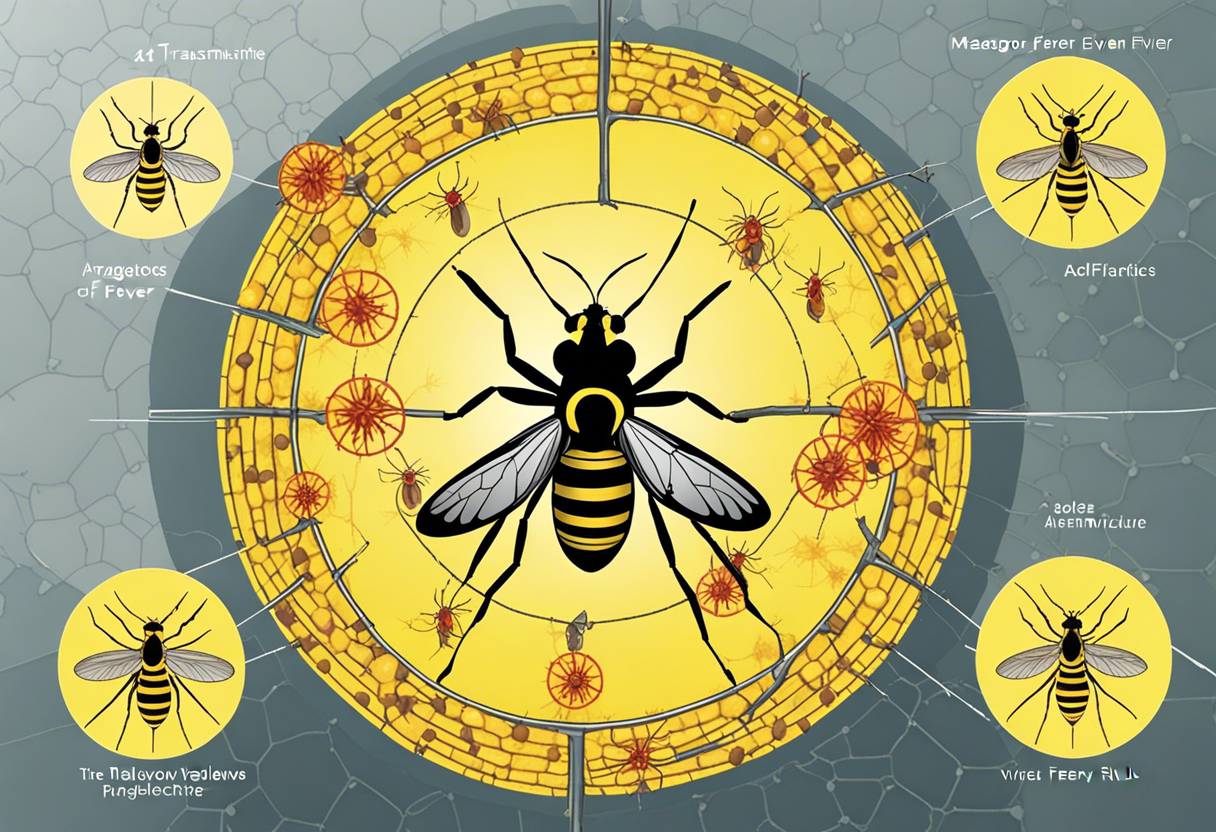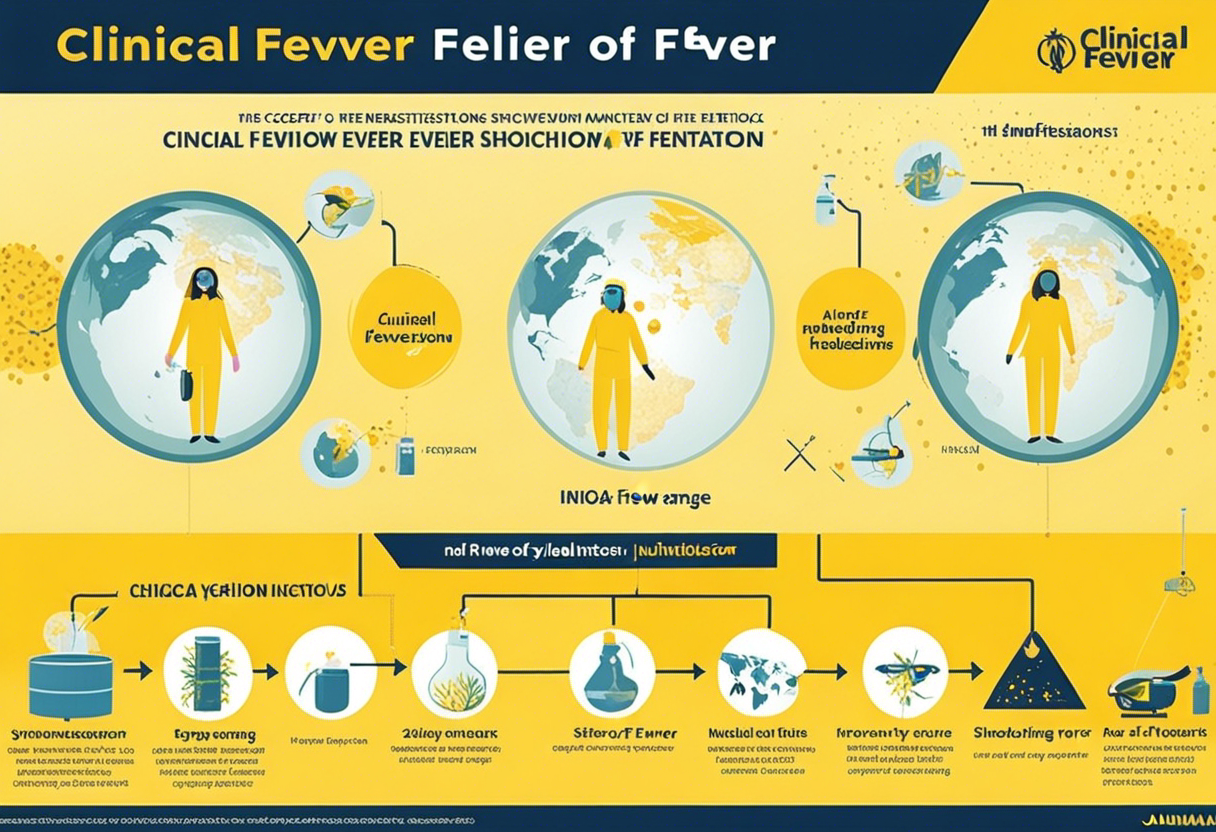Diving into the Intricacies of Yellow Fever: A Five Point Informative Showcase
Yellow Fever, an acute viral haemorrhagic disease transmitted by infected mosquitoes, has a fascinating past. Originating in Africa, the disease traveled to the Americas via the slave trade in the 15th to 19th centuries.
By the 1700s, yellow fever had become a major health concern, causing notable epidemics in the United States. The yellow fever epidemic of 1793 in Philadelphia, for instance, killed nearly 10% of the city's population and provoked significant panic.
The turn of the 20th century brought awareness to the disease’s link to mosquitoes thanks to the work of a Cuban physician, Carlos Finlay. Focusing on the vector of the disease was a turning point in understanding how to mitigate the damage of yellow fever.
The Virology of Yellow Fever

One of the urban arboviruses, the yellow fever virus, belongs to the family Flaviviridae. For transmission, the virus relies on mosquitoes, particularly Aedes and Haemagogus.
The viral gene is single-stranded RNA encoding seven nonstructural proteins and three structural proteins. Upon infecting humans, the virus replicates in target cells such as dendritic cells, macrophages, and hepatocytes, causing significant cellular damage, primarily in the liver.
Clinical Manifestations of Yellow Fever

Yellow Fever is notorious for its broad range of symptoms. The incubation period typically lasts three to six days, after which symptoms may start appearing.
The infection may be mild with symptoms like fever, headache, nausea, and vomiting. But in stark cases, toxic phase of yellow fever can start, leading to high fever, jaundice, bleeding, and eventually shock and multiple organ failure.
These extreme manifestations are seen in roughly 15% of individuals infected, and among these, the fatality rate is about 20-50%, making it a severe and frequently lethal disease.